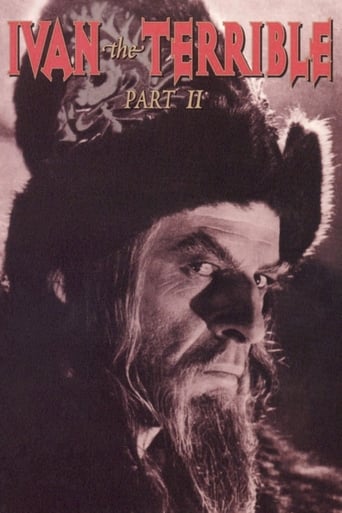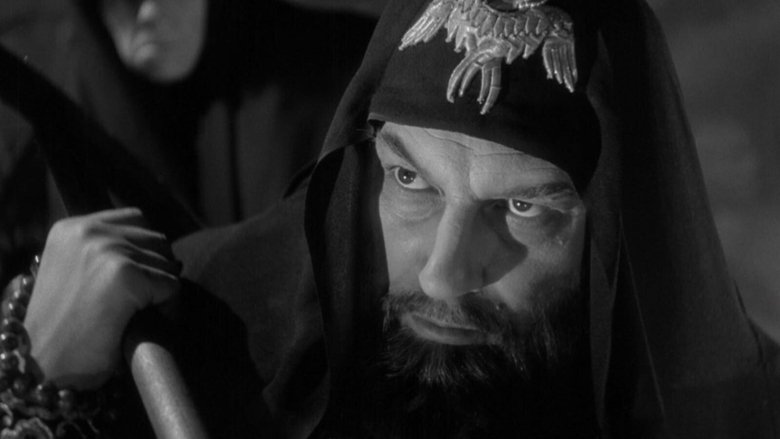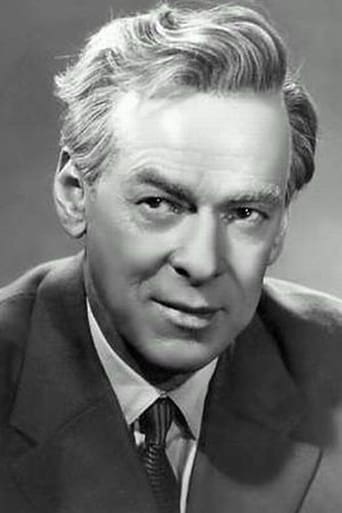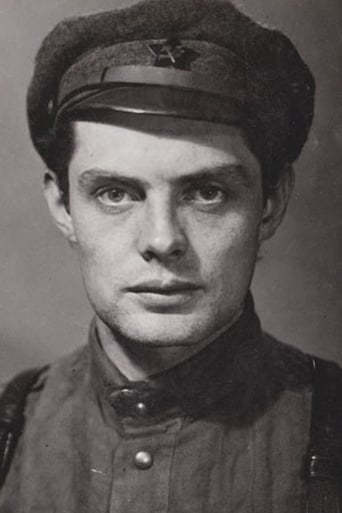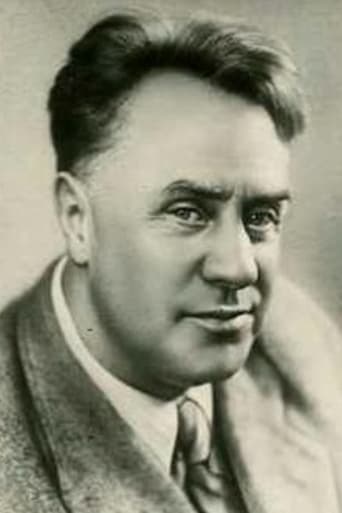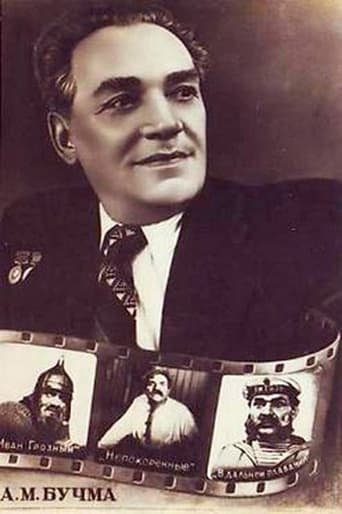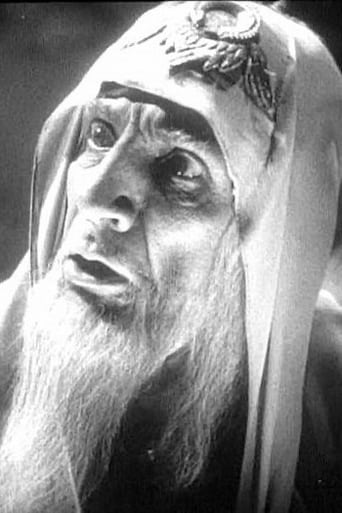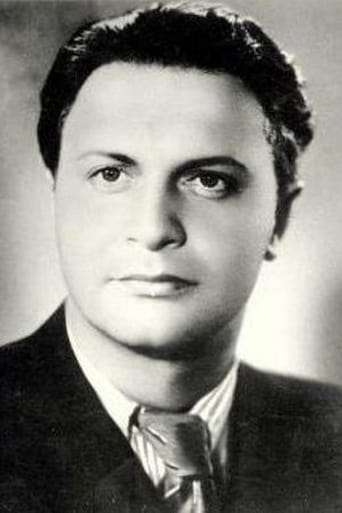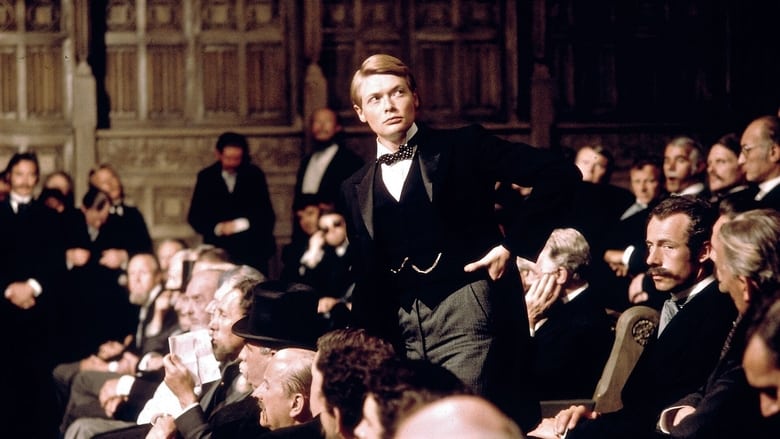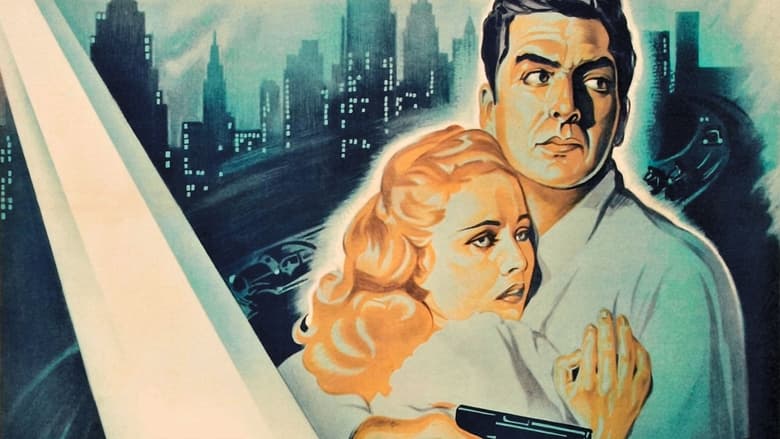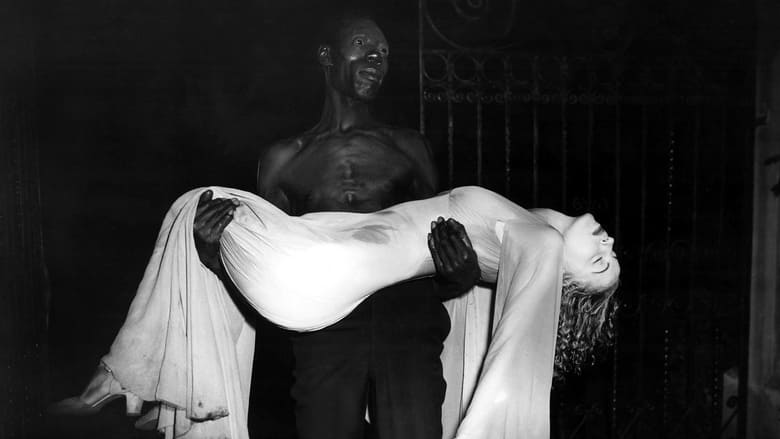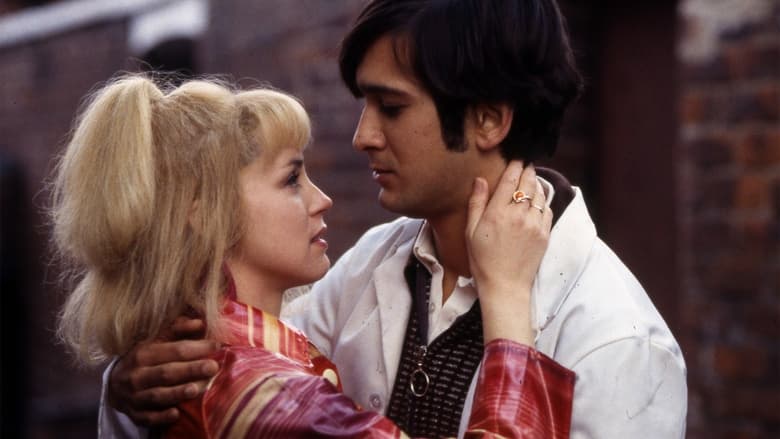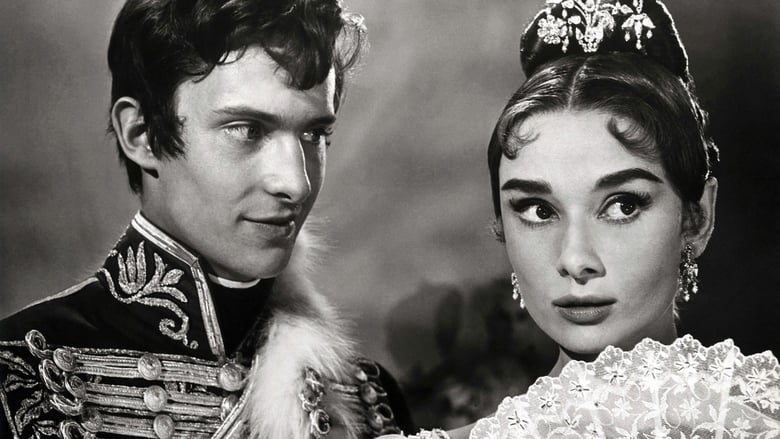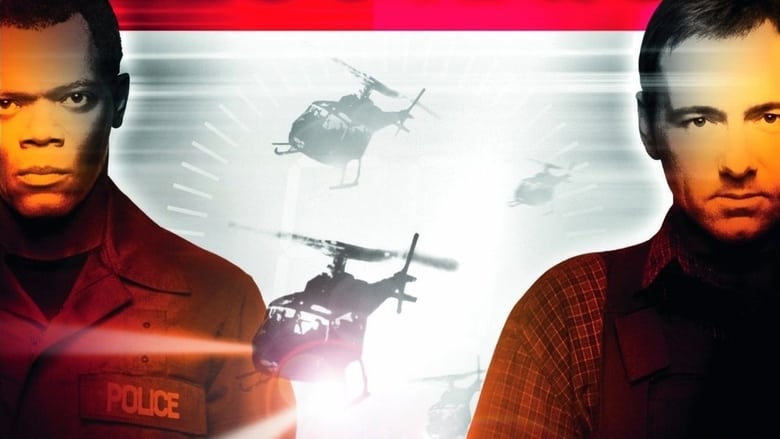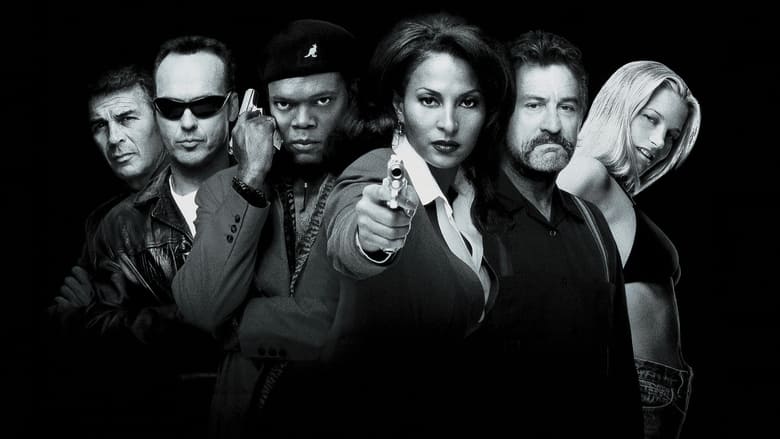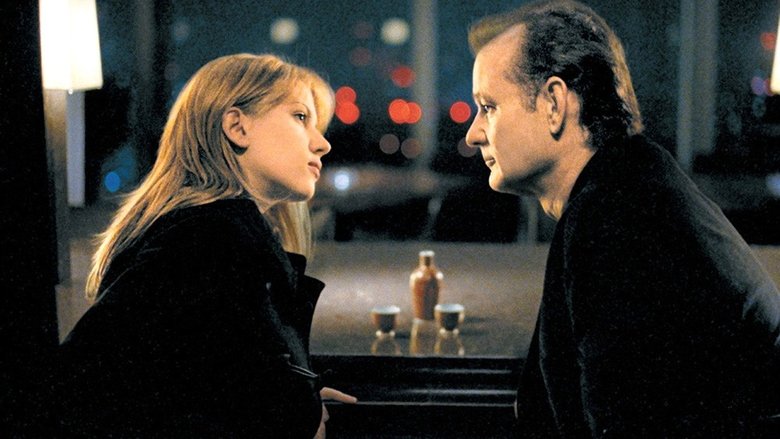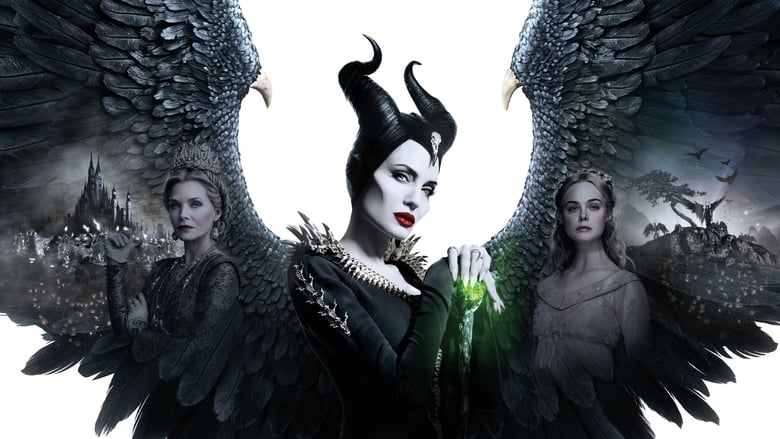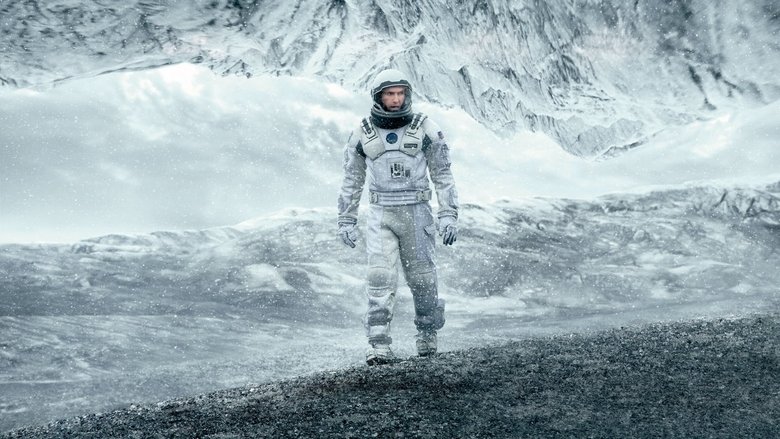This is the second part of a projected three-part epic biopic of Russian Czar Ivan Grozny, undertaken by Soviet film-maker Sergei Eisenstein at the behest of Josef Stalin. Production of the epic was stopped before the third part could be filmed, due to producer dissatisfaction with Eisenstein's introducing forbidden experimental filming techniques into the material, more evident in this part than the first part. As it was, this second part was banned from showings until after the deaths of both Eisenstein and Stalin, and a change of attitude by the subsequent heads of the Soviet government. In this part, as Ivan the Terrible attempts to consolidate his power by establishing a personal army, his political rivals, the Russian boyars, plot to assassinate him.


Similar titles
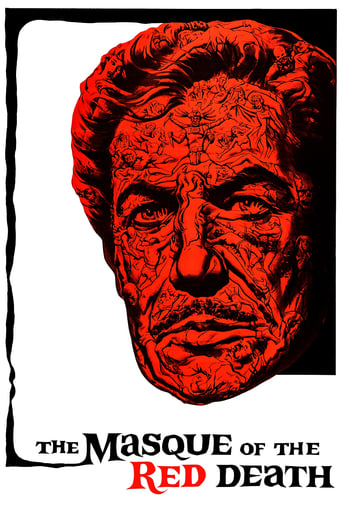

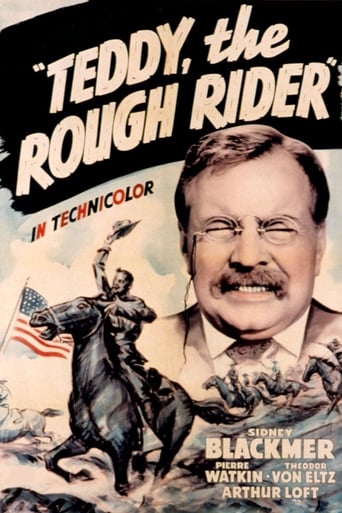
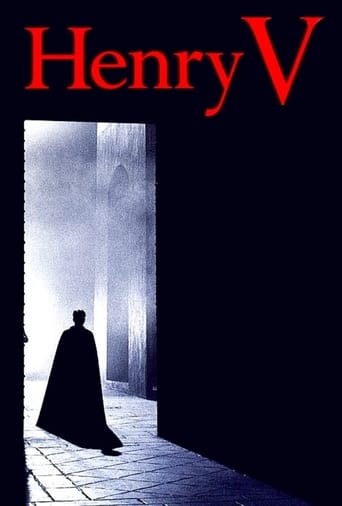
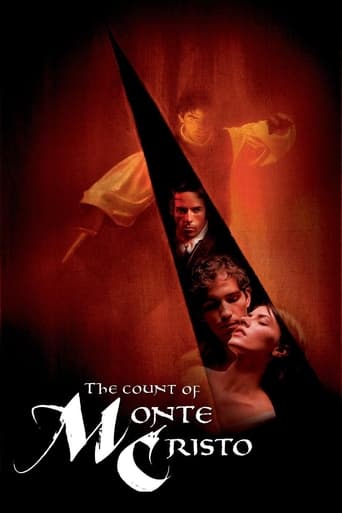
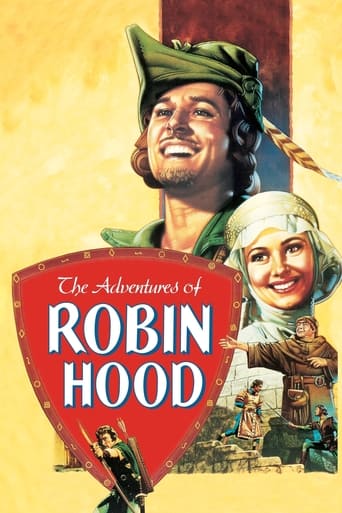
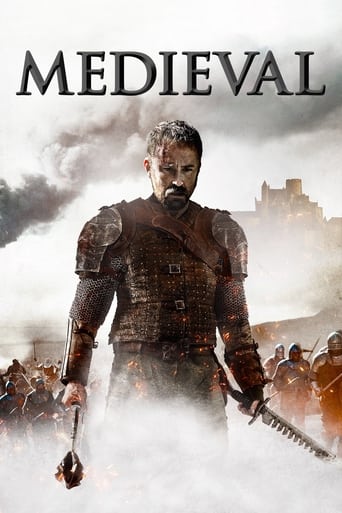

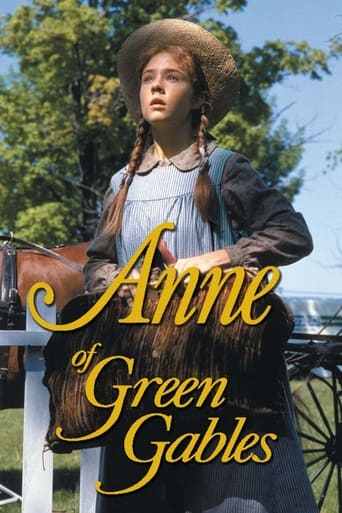
Reviews
What a superb, incredible masterpiece. Sometimes at the end of a movie we are left with feelings of sadness, anger or happiness; or stunned, or contented, or intrigued; but it is rare the occasion when we feel like jumping on our feet and start cheering and applauding, lamenting only that the actors themselves are nor there to receive our cheers and applause. Also the director who has made such a unique gem possible. ITT-2 is such a film, one you have to absolutely see at least once in your life if you really love movies, you owe it to yourself.In my review of J.S. Superstar I called it the perfect film. Well JCS, make some room up there because you have company now. Ivan--2 is such a superbly crafted piece of cinema that will leave you gasping for air. And I'm not saying this because I'm such an unconditional Eisenstein fan; in fact I had watched Alex Nevsky just a couple of nights before and I found it less than superb; not bad at all but well below E's standards of excellence. And I'm not saying it either because I'm some film scholar. Quite the contrary, I'm rather ignorant on the matter but I still can recognize pure, unadulterated, cinematographic genius when I see it.As all those extremely rare cinematographic gems, ITT-2 can be enjoyed and analyzed at many levels. And it also shows that to really appreciate some films you need to have in your baggage certain specific life experiences, at least some close knowledge of them, otherwise you could be a famous film critic and still make a fool of yourself talking about something you don't know squat. Like calling the colorized dance campy for ex. In fact that's one of the most meaningful, creepiest scenes I have ever seen in a film, as it reveals to us the naked inner, dark, soul of a secret police—what you see there is the very soul, the beating heart of Hitler's SS, Stalin's GPU, etc. Each one of the men you see dancing and singing carelessly around are not your regular guys having some good fun, but efficient torturers and murderers with just much blood in their hands. If you ever wondered how the world would have looked from inside the S.S. you just have to put yourself in that scene. In the Features, Y. Tsivion talk of the visual complexity of the film, of its use of shadows, of its psychological depth, especially concerning Ivan, but what fascinated me even more was the relationship between him and this particular bunch; how it is born, how it develops. Eisenstein had to have a good knowledge of the subject and he reveals so much in an artistic, and so more effective, way than if he had showed it us plenty of torture gadgets and dungeons.And speaking of creepy, who could forget the eerie scene of Eufrosinia chanting a lullaby to a Vlad resting on her lap? That's even creepier than the dance scene because, despite all what it conveys, it's beautiful. It's like staring at the beauty of the Devil; we know we got to hate it, yet we cannot help feeling attracted to it, it mesmerizes us with that siren song, we are being seduced by the Devil.There's something out of this world about this movie in that every scene seems to have been painstakingly designed, prepared, set and choreographed to the smallest detail to touch us in the deepest of our souls and in the exact manner the director wanted. Every space, camera angle, perspective, musical note, combination of light and darkness seem to have been planned and set to the millimeter; the actors' body positions and movements, their appearance under the lighting, their silhouettes on the background, so to make all for an unforgettable visual and sound experience. And that Prokofieff score, faithfully following every action, adapting to it, to every gesture, to every facial expression, with perfect cadence, rhythm, beat, and timing, changing effortlessly from a moment to the next, like a light vessel riding on top of a maelstrom of events.Tsivion refers to the inverse symmetry of the film--it begins with a kid deprived of his mom and ends up with a mom deprived of her kid. Also, to the fact that main characters appear usually associated to a given animal—Ivan to an eagle and so on—and to the fact that the background, icons and frescoes on walls, keep a close relation with the unfolding scene. That makes for an incredibly rich imagery, which added to the masterful use of shadows and streaks of light helps create a fascinatingly dark, but never oppressive, atmosphere. You can not possibly escape what you are seeing in the screen, because you have been riveted to it by the efforts of an incredibly talented director. Some (ignorant) critics ridicule the grandiose emphases of characters on their words and acts, but that's logical: they are big, important people, so they are used to own, seize, overwhelm their surroundings. Also, these "critics" savage the lingering camera over all those facial expressions, revealing every thought, every dilemma, and every state of confusion. I found it myself beautiful, superb, I didn't bother me at all and I even consider those who dare criticize as simply lacking themselves of a true inner life. It's for them that Hollywood created car chases and explosions.In all, 10/10.
Although Part I had won public and state acclaim as a tribute to 'great Russian power' under one strong uniting ruler, Part II reveals something different to us. While its primary content deals with the conspiracy of the boyars and the church representatives against tsar Ivan, it is filled with a more psychological study of what happens with a man that carries unlimited power. Consequently, the film appears to prove Eisenstein's contradictory targets. The historical tsar Ivan, turning more into a bird of prey, as Christopher Palmer nicely puts it: "an autocrat whose vision of a great united Russia justified ruthlessness and brutality," clearly mirrors the monstrous head of the Soviet Union, Joseph Stalin, so much in power in the mid 1940s. No doubt Part II is labeled 'anti-historical and anti-artistic' and its distribution doomed to negligence and considerable delay (14 years)...As we watch it today, there is, seemingly, no striking detachment from Part I. No need to repeat those things I have already written in my review on Part I. One can address similar points with reference to theatrical performances, the storyline's depiction. Nevertheless, the outstanding feature here is its attempt to skip the so much imposed propaganda. In what aspects? THE BIBLE: A daring point as it may seem, I would like to invite readers and viewers to identify this universal source – the Bible. Where do all the sources for man and his analysis lie if not in this Book? Eisenstein takes some unbelievable risk with primary biblical contributions to the whole story. The relation between church and state, between the spiritual and the political leaders, between Phillip and Ivan clearly resembles king Saul and prophet Samuel from the Old Testament. The man of God wants to take the supreme role over the ruler and force a spiritual pressure on him in order not to allow for a 'pagan god.' The ruler wants to make his own decisions and turn them into law. In the visual scene of Ivan asking Phillip to stay with him depicts this desirable dependence that helps the tsar get rid of this tremendous fear of being alone. Another reference to the Bible is the scene with the chalice...anti-sacrifice to say the least or a sheer manifestation of an unrestrained desire for revenge? It is an unbelievably memorable moment as the empty chalice is being brought to Efrosinia, the murderer of Anastasia (Part I). The open biblical reference, finally, is the Furnace Play, a liturgical drama performed in the 'old Russia' with its story of three boys being sent to flames by the pagan ruler. The Russia of tsar Ivan seems to mirror the Babylonian captivity.SUPPORTING CHARACTERS: Although many of the characters are the same as in Part I, some supporting ones call our attention because of their parallels to the story. Firstly, it is delicate and almost girlish prince Vladimir, a victim of his mother's sickly ambitious scheme (accurately depicted in 'The Song of the Beaver' lullaby). His weak, naive nature leads him to tragedy in one of the significant scenes of the movie. Secondly, it is the aforementioned Phillip of the Kolychev family whom the tsar makes the metropolitan of Moscow, who serves as tsar's conscience. Yet, within dirty politics, the church with the patriarch aim at sacrificing him as a 'saint martyr,' who cannot be defeated by the ruler. Thirdly, it is king Sigismund II Augustus of Poland in the opening scene. The king with the royalty make a primary manifestation of 'foreigners' and their vision of Russia. In the rhythm of polonaise, with bizarre costumes, a striking throne of the king ruling the country in its 'golden age,' the scene at the Polish court is one of the most stunning moments of the film that boasts of many visual merits. Therefore, let me highlight some other artistic visuals more explicitly.VISUALS: Eisentein's visual language, an aspect developed by Yuri Tsivian, seems to reach its pinnacle in symbols. Part II develops conspiracies so the tsar appears on the screen, approaches supporting character whilst opening the closed door and coming at the most 'unexpected' moments. The icons serve as the backdrop of the rational and emotional climaxes. The two famous flashbacks begin and end with smoke. The flashbacks need special attention because they, psychologically – which was very rare for the films in Soviet Union – justify tsar's hatred to the boyars and his belief in strong reign. Great visual meanings! Although as a prince seated on the throne, he could not yet touch the ground with his feet, he understood corruption among aristocracy. Apart from Vladimir's procession, the demonic banquet with the scenes in color where red dominates, a striking visual backdrop is the scene of mourning at the dead bodies of the Kolychev. Whilst glorious chants, the image of an agonizing human behind the patriarch touches the core meaning of the hidden message.The music by Sergei Prokofiev, perhaps the most unnoticed aspect about Eisenstein's movie, may boast of its operatic moments in this part, too. The aforementioned polonaise in the Polish court scene, the motifs in relation to the Oprichniki, 'Song of the Beaver,' all affect viewer's musical tastes. No wonder that their fruitful collaboration ended with the unfinished trilogy... Eisenstein considering Prokofiev 'not only one of the greatest composers' but also 'the most wonderful film composer' and Prokofiev stating in 1948: "with the death of Sergei Mikhailovich Eisenstein, I consider my cinematographic work to have come to an end once and for all." And once and for all their collaboration was buried... Strong leader... no one and nothing could flee from his shadow... but even the shadow slowly vanished and what is left? The unique language of artists... 8/10 The source for some information about the score have been derived from the text 'Stalin the Powerful: Prokofiev, Eisenstein and IVAN THE TERRIBLE' published in Film Score Monthly Online (August 2007) Thank you for reading
Ivan Grosnyy, Part II is the movie of my life; the Part I is also a very good film. It is the masterpiece of Sergei Eisenstein. Unfortunately we can never see the Part III of this meant to be trilogy. The performances (especially Nikolai Cherkasov), the photography, the wardrobe, the scenarios and the shots are the most beautiful I have ever seen in the history of film-making. However, it is necessary to watch the Part I first to understand the history. I suggest to all the people who like this genre of film to see another very good film of Sergey Eisenstein: Alexander Nevsky once again with Nikolai Cherkasov in the main role. I recommend to all the people who want to see these movies to by the Criterion DVD box set, which contains also first part and, Alexander Nevsky. Don't die without seeing these masterpieces.
This space can't afford me the kind of gargantuan platform needed to speak on Eisenstein's masterwork (both parts) with the sort of attention to detail and passion that the director brings to the story of the Russian tsar. This is the rarest of films that stands as a testament to how cinema can extend beyond an entertainment and exist as a singular work of art and a document that works to expand our knowledge of the human condition. Every frame is rich, every scene speaks far more than any written line or action. The production is a phenomenal achievement in the absolute totality of the collaborative effort; the actors, the set, the cinematography, the soundtrack - every facet of the film-making process has worked to create a seamless connection. While the approach of the actors, the lighting and the choices of camera angles frustrate our standard ideas of what a movie should look and feel like, there is a design here; it is precise and it is brilliant. This is a film for those viewers who, as Eisenstein famously said, read (not just watched) the images on the screen. One of the two or three true masterworks in the history of movies.
